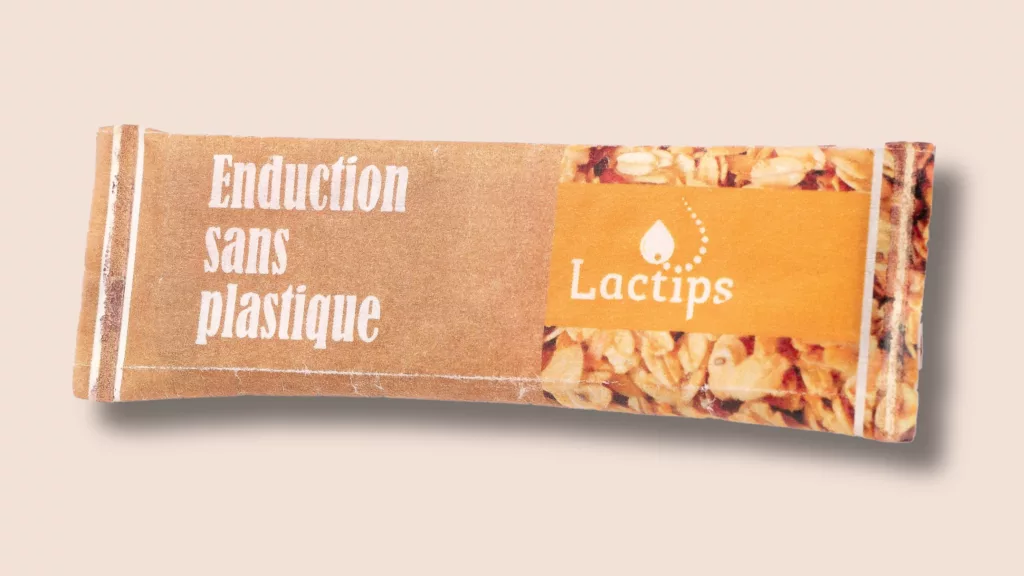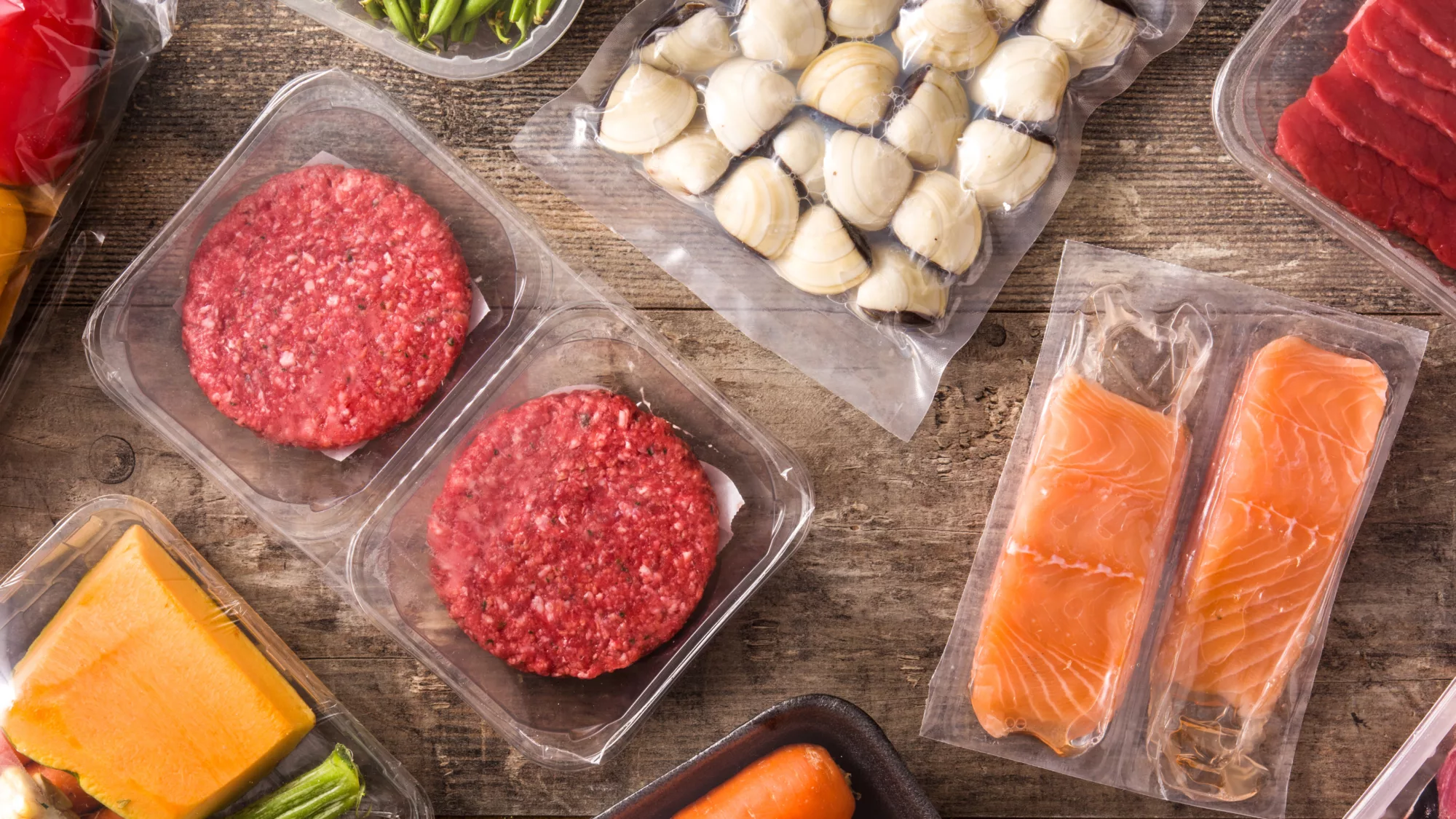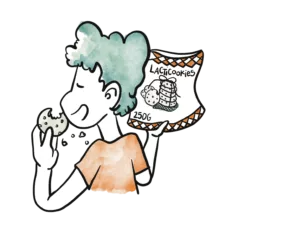Whether fresh, dry, frozen, canned, pasteurised or dehydrated, food products must meet precise and complex preservation criteria. The packaging materials used play a key role in the preservation of food.
Food packaging: the importance of barrier functions
The purpose of food packaging today is to:
- Contain the product
- Protect the food against external aggression and guarantee its quality
- Extend the product’s shelf life
- Motivate the act of purchase through design and communication of the brand identity
- Inform the consumer
In order to isolate the product from the external environment, the packaging must therefore provide barrier functions.
- Oxygen and gas barrier: Oxygen deteriorates the quality of food, causes microbiological growth, promotes discolouration as well as nutrient loss. Many foods are therefore stored in a protective atmosphere (nitrogen or CO2), which requires a good gas barrier ;
- Barrier to oils and fats: ANSES considers it necessary to limit the migration of mineral oils to foodstuffs, some compounds being genotoxic and mutagenic ;
- Water vapour barrier: prevents a dry product from absorbing water and softening or a frozen product from losing its crunch.
In addition, depending on the product to be preserved, the packaging must also perform other functions such as:
- A certain amount of rigidity: while flexible packaging may be sufficient to store grated Emmenthal cheese, the storage of eggs requires rigid packaging to protect against shocks.
- Gas permeability: foods such as fresh fruit and vegetables need to breathe. Packaging that provides a total barrier to oxygen should therefore be avoided.
The problems of paper and cardboard food packaging
Toxic compounds
In 2017, the ANSES (French Food Safety Agency) highlighted the potential toxicity of certain paper and cardboard food packaging. [1]
Mineral oil residues from inks and adhesives were found in packaged foods.
Recycling seems to exacerbate the problem, as the process of reconstituting paper pulp encourages the incorporation of these residues into recycled packaging.
In addition, some greaseproof papers are treated with perfluorinated compounds (PFAs), whose health risk has been raised by the European Food Safety Authority (EFSA)[2].
The use of plastic barrier layers
To avoid any contamination, ANSES recommends “the use of barriers to limit the migration of MOH[3] from the packaging to the food”.
Paper and cardboard packaging cannot therefore be used alone and the solutions currently proposed to limit the migration of contaminants also include plastic barrier layers (PE, PET, polyamide, acrylate, etc.) However, this also raises the question: do microplastics migrate into our food from these layers?
Multi-layered materials that are difficult to recycle
Paper and cardboard have the disadvantage of being permeable to water, oxygen and grease. They can therefore rarely be used as such.
The use of plastic materials or metallic layers as a coating is therefore necessary to ensure the barrier functions and to guarantee a hermetic seal of the food.
Unfortunately, these various coatings make it very difficult to recycle paper and many packages end up in landfill or incineration.
Plastic Free Paper™: A plastic-free paper solution
To overcome the problems associated with recycling, Lactips, in partnership with CITEO, has developed a plastic-free paper coating solution.
Plastic Free Paper™ solution:
- Guarantees barrier functions against oxygen, grease and mineral oils;
- Is 100% biosourced and compostable at home;
- Is heat-sealable;
- Ensures total recyclability of paper and cardboard[4] .

Plastic-free coating of paper packaging
[1] Source : ANSES issues recommendations to reduce contamination of foodstuffs by mineral oils
[2] Report published in 2020 : https://www.efsa.europa.eu/en/news/pfas-food-efsa-assesses-risks-and-sets-tolerable-intake
[3] MOH : Mineral oils
[4] The absence of impact on recyclability has been validated by the Centre Technique du Papier (CTP) in France and the Papiertechnische Stiftung (PTS) in Germany, on applications as a replacement for the sealable plastic layer for non-food packaging and as a replacement for perfluorinated compounds (PFAs) for papers requiring grease resistance.


